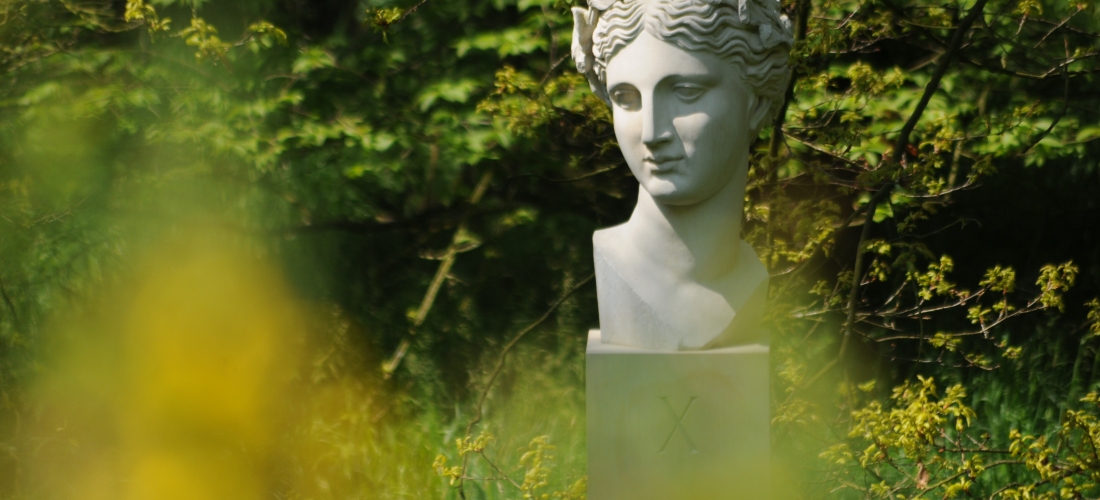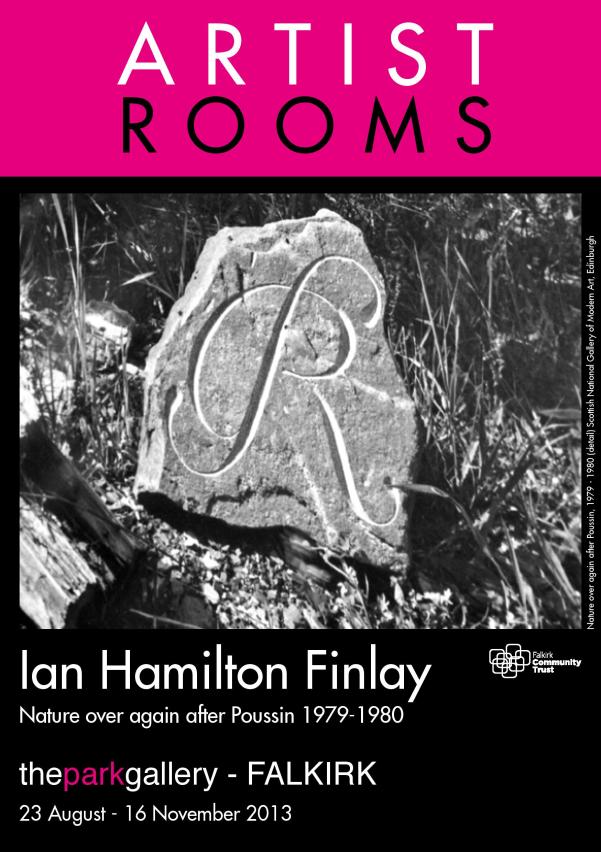For our final week of In Detail, we have been talking to JL Williams and Catherine Street, discussing their inspirations, creative process and the different ways in which their projects take place.
A lot of your work is performative. When did you first start to become interested in Spoken Word? Are there any Spoken Word artists who you particularly admire?
JL Williams: I once saw the poet Michael Longley read at the Edinburgh International Book Festival, and he was asked at the end of the event whether he thought poetry belonged on the page or on the tongue. He answered that he thought poetry was (pointing to his mouth) first oral, then (pointing to his ear) aural, and then for the page. This rang true to me.
In my experience, poetry comes as emotion, sound, observation, reflection, story, image. I hear the words and write the words that form in my head so I can remember them and share them with people who aren’t in the room with me. If people are in the room, then I am eager to share the work by reading out these written down words, or sometimes even singing them. I don’t separate the two (written/spoken) in the act of creation. I don’t think of some of my work as specifically for the page and some as specifically for performance, and I would not call myself a Performance Poet or a Spoken Word Artist. Performance Poetry and Spoken Word are diverse categories, and there are artists I admire and cultures associated with these forms that I enjoy very much. I respect these categories but in my own performance and curatorial work I strive to break down divisions between the written and spoken poetic word. I find it more rewarding and creative to think of how we share poetic work in a fluid and responsive way… what does the poem desire? What does the moment desire?





